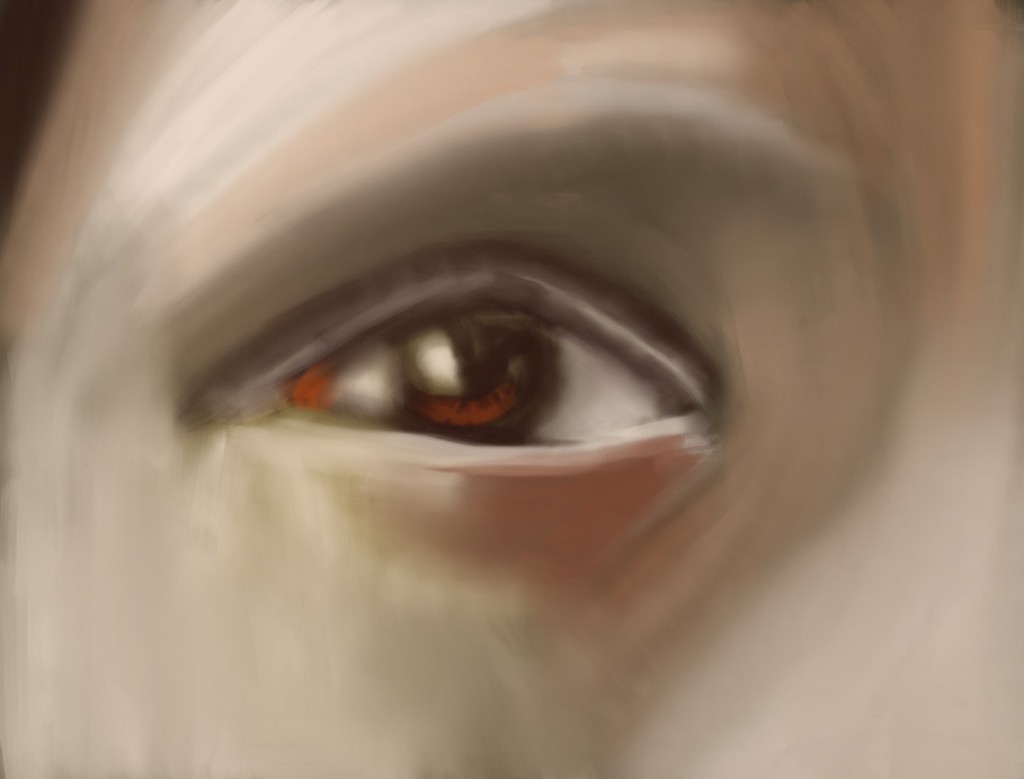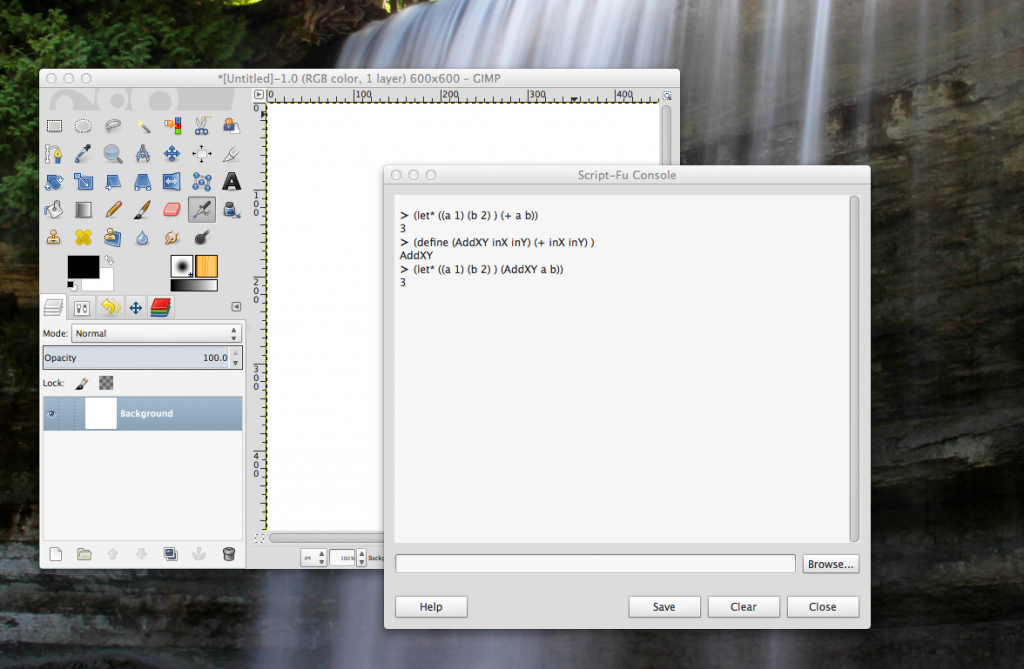Something slightly different today. I’m posting this under ‘Barrie Church Crawl’ but the place I visited today was neither a church, nor in Barrie. In fact, I got to visit the Gurdwara Jot Parkash Sahib in Brampton.
The occasion was a friend’s wedding, so this was a chance to experience a very different environment and see how another culture conducts its marriages. So, in no particular order, some of my observations.
The bride looked stunning. Compared with her striking redsalwar kameez, bracelets all the way up both arms, intricate make up and hennaed hands and feet, the standard western white dress looks a bit boring.
When we arrived at the Gurdwara we definitely felt like outsiders. The folks who greeted us spoke very little English, and seemed a bit nonplussed at the idea of non Punjabi speakers visiting. We ended up getting ‘parked’ in a small side room for an hour while we waited for the bride and groom to arrive.
Things improved when they did, however. The celebrations were kicked off with a buffet featuring excellent samosas and other vegetarian finger food. A Gurdwara has no chairs, so this was eaten sitting cross-legged on the floor in a basement dining area.
After a while we were ushered upstairs to the hall that the wedding ceremony would be held in. Once again, we would be sitting on the floor. Being a Sikh must mean that you develop strong back muscles – mine were pretty sore by the end of the day! The ceremony started with twenty minutes of music played on two harmoniums and a tabla drum.
Interestingly, the bride and groom didn’t say anything during the ceremony. There were a number of speeches or prayers by the leaders, and the couple processed slowly several times around the table holding the Sikh holy book. At one point, a small lump of sweet pudding was placed in each hands of each guests to eat.
After the ceremony, we processed downstairs again for yet more food.
I’ve found a very good description of the structure and significance of a Sikh wedding at http://www.sikhiwiki.org/index.php/Attending_a_Sikh_Wedding. I really should have printed it out beforehand, as there was very little guidance for non Punjabi speakers as to what was happening or why.
That said, I was very glad to have been able to experience this, both to be part of my friend’s wedding and to have a truly new cultural experience.
And finally, it’s nice to see that in an era of religious tensions, there is one symbol that young people of all different cultures and creeds have accepted as being truly valuable and meaningful. I refer, of course, to the sacred and holy Apple iPhone. Texting teenagers are just as prevalent in a Gurdwara as in any church that I’ve attended.



